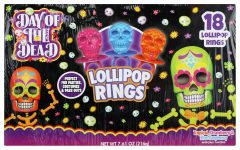
Best Halloween Day of the Dead Sugar Skull Review Halloween Day – Oemiu
Best Halloween Day of the Dead Sugar Skull Review
The crisp autumn air, the vibrant colors, and the underlying sense of mystery – these are the hallmarks of the season that culminates in two closely related, yet distinct, celebrations: Halloween Day and Día de los Muertos, the Day of the Dead. While Halloween is often characterized by spooky costumes and trick-or-treating, the Day of the Dead is a deeply meaningful celebration honoring deceased loved ones. A powerful and beautiful symbol that bridges these two celebrations is the sugar skull, or *calavera*. Far from being macabre, sugar skulls are whimsical, colorful, and deeply symbolic, representing both a celebration of life and a respectful remembrance of death. Whether you’re looking for the perfect Halloween Day decoration or a meaningful addition to your Day of the Dead altar, sugar skulls offer a unique blend of artistry and cultural significance. This article dives deep into the world of sugar skulls, exploring their history, symbolism, and how to choose the best ones for your Halloween Day of the Dead celebrations.
The Enchanting History and Significance of Sugar Skulls
Sugar skulls, intricately decorated skulls made from sugar or clay, are not mere decorations; they are powerful symbols deeply rooted in Mexican culture and the Day of the Dead (Día de Muertos) tradition. Their origins can be traced back to pre-Hispanic cultures in Mesoamerica, where skulls were often displayed during rituals to honor the deceased. These early skulls were not made of sugar, but rather from materials like clay and volcanic rock. After the Spanish conquest, indigenous traditions merged with Catholic beliefs, resulting in the unique celebration of the Day of the Dead.
The use of sugar as the primary material for these skulls is believed to have originated due to its abundance in Mexico during the colonial period. Sugar skulls became a way for families to create elaborate offerings for their deceased loved ones, making the altars (ofrendas) visually stunning and deeply personal. The sweetness of the sugar symbolizes the sweetness of life and the hope of reunion in the afterlife. The vibrant colors used in the decorations also hold significance. Red often represents blood, orange symbolizes the sun, yellow signifies marigolds (the flower of the dead), purple represents grief, and white embodies purity.
Beyond their visual appeal, sugar skulls represent the individual spirit of the deceased. Families often personalize the skulls with the names of their loved ones and decorate them with symbols and patterns that reflect their personalities, hobbies, or achievements in life. The placement of sugar skulls on ofrendas is an invitation for the spirits of the deceased to return and partake in the celebration. They’re a reminder that death is a natural part of life’s cycle, and that our loved ones are never truly forgotten. Incorporating sugar skulls into your Halloween Day décor can add a layer of depth and meaning, transforming a purely spooky celebration into a more thoughtful and culturally rich experience. This Halloween Day, consider not only the ghosts and goblins, but also the stories and memories that sugar skulls represent.
Choosing the Perfect Sugar Skulls: A Buyer’s Guide
Selecting the right sugar skulls for your Halloween Day of the Dead celebrations requires careful consideration. There are several factors to keep in mind, including the size, material, design, and intended use. Whether you’re looking for a traditional handmade sugar skull or a durable decorative piece, understanding the different options will help you make the best choice.
Firstly, consider the material. Authentic sugar skulls are made from granulated sugar, water, and meringue powder. These are typically used for placing on altars and are not meant to be kept for long periods. However, they are biodegradable and environmentally friendly. Decorative sugar skulls are often made from clay, ceramic, resin, or even plastic. These are more durable and can be reused year after year. If you plan to display your sugar skulls outdoors, opt for weather-resistant materials like resin or ceramic.
Secondly, pay attention to the design. Traditional sugar skulls are adorned with intricate floral patterns, swirls, and geometric shapes. They often feature bright, contrasting colors and are embellished with edible glitter, sequins, or foil. The design should be visually appealing and reflect the spirit of the Day of the Dead. Consider the level of detail and craftsmanship. Handmade sugar skulls are typically more expensive but offer a unique and authentic touch. Mass-produced skulls may be more affordable, but they often lack the intricate details and personal touch of handmade ones.
Thirdly, think about the size. Sugar skulls come in various sizes, ranging from small, bite-sized candies to large, decorative pieces. Choose the size that best suits your needs and the space you have available. Small sugar skulls are perfect for placing on individual plates or as party favors, while larger skulls can serve as focal points on your altar or as decorative accents in your home. Also, keep in mind the weight, especially if you plan to hang or display your sugar skulls in a precarious location.
Finally, consider the price. Sugar skull prices can vary widely depending on the material, size, and craftsmanship. Set a budget before you start shopping and compare prices from different vendors. Remember that investing in a high-quality sugar skull is a worthwhile investment, as it can be used for many years to come. A thoughtful choice will add a touch of authenticity and beauty to your Halloween Day of the Dead celebrations.
| Feature | Traditional Sugar Skull | Decorative Sugar Skull |
|---|---|---|
| Material | Granulated sugar, water, meringue powder | Clay, ceramic, resin, plastic |
| Durability | Fragile, not meant for long-term storage | Durable, can be reused for many years |
| Intended Use | Offering on altars, consumption | Decoration, display |
| Price | Varies, handmade can be expensive | Varies, mass-produced can be affordable |
| Environmental Impact | Biodegradable | Potentially non-biodegradable depending on material |
Creative Ways to Incorporate Sugar Skulls into Your Halloween Day Décor
Sugar skulls are incredibly versatile and can be incorporated into your Halloween Day décor in numerous creative ways. They can be used as standalone decorations, incorporated into centerpieces, or even used as part of your costume. The key is to embrace the vibrant colors and whimsical designs and use them to add a touch of Day of the Dead flair to your Halloween celebrations.
One popular way to use sugar skulls is to create a stunning centerpiece for your dining table or mantelpiece. Combine sugar skulls with marigolds, candles, and other Day of the Dead decorations to create a visually striking display. You can arrange the skulls in a pyramid shape, place them on a decorative plate, or even suspend them from the ceiling using fishing line. Incorporate other elements like papel picado (perforated paper banners) and calavera figurines to complete the look.
Another creative idea is to use sugar skulls as part of your Halloween Day costume. You can paint your face to resemble a sugar skull, using bright colors and intricate designs. Pair your face paint with a floral headband and a traditional Day of the Dead dress for a complete and authentic look. Alternatively, you can accessorize your costume with sugar skull jewelry, such as earrings, necklaces, or bracelets.
Sugar skulls can also be used to decorate your outdoor space. Place them on your porch, hang them from trees, or use them to create a festive pathway leading to your front door. You can even create a sugar skull-themed garden by planting marigolds and other colorful flowers around your sugar skull decorations. Consider using solar-powered lights to illuminate your sugar skulls at night, creating a spooky and enchanting ambiance.
For those who enjoy crafting, there are countless DIY sugar skull projects you can undertake. You can paint your own sugar skulls using acrylic paints, decorate them with beads and sequins, or even create edible sugar skulls using sugar molds. These DIY projects are a fun and creative way to personalize your Halloween Day décor and involve the whole family in the celebration. Remember, the goal is to create a visually stunning and meaningful display that honors the spirit of the Day of the Dead while adding a touch of whimsy to your Halloween Day celebrations.
Sugar Skulls Beyond Decoration: Meaningful Gifts and Symbolic Offerings
While often used for decorative purposes, sugar skulls can also serve as meaningful gifts and symbolic offerings during Halloween Day of the Dead festivities. Giving a sugar skull to someone is a way of honoring their life and remembering their spirit. The act of personalizing the skull with the recipient’s name or favorite colors adds a layer of thoughtfulness and demonstrates your appreciation for them.
Consider giving sugar skulls as party favors at your Halloween Day of the Dead celebration. You can personalize each skull with the name of the guest or a small message of appreciation. This is a unique and memorable way to thank your guests for attending and to share the spirit of the Day of the Dead.
Sugar skulls can also be used as symbolic offerings on your Day of the Dead altar (ofrenda). Place a sugar skull with the name of the deceased on the altar as a way of honoring their memory and inviting their spirit to return. The sugar skull represents the individual spirit of the deceased and is a symbol of remembrance. You can also include other offerings, such as their favorite food, drinks, and personal belongings.
When choosing a sugar skull as a gift or offering, consider the recipient’s personality and preferences. Opt for colors, designs, and symbols that resonate with them and reflect their unique spirit. If you’re giving a sugar skull to a child, choose a smaller, more whimsical design with bright colors and playful patterns. For adults, you can opt for more traditional and intricate designs.
Beyond the traditional sugar skulls, consider offering sugar skull-themed items as gifts. Sugar skull-printed clothing, jewelry, and home décor are all popular options. These items allow you to incorporate the spirit of the Day of the Dead into your everyday life and to honor the memory of your loved ones in a subtle and meaningful way. Remember, the most important aspect of giving a sugar skull is the intention behind the gift. The act of offering a sugar skull is a way of expressing your love, respect, and remembrance for the deceased and a testament to the enduring power of their spirit. The best Halloween Day of the Dead celebrations are about sharing memories and honoring traditions.
Debunking Myths and Misconceptions About Sugar Skulls and Día de los Muertos
Despite the growing popularity of sugar skulls and the Day of the Dead, several myths and misconceptions still surround these traditions. It’s important to understand the true meaning and significance of these symbols to avoid cultural appropriation and to appreciate the rich history and traditions behind them.
One common misconception is that the Day of the Dead is a morbid or macabre celebration. In reality, it’s a joyful and celebratory occasion that focuses on honoring the lives of deceased loved ones. The vibrant colors, festive decorations, and joyful gatherings are all meant to celebrate the memories and legacies of those who have passed away. It’s a time to remember and reconnect with family and friends who are no longer with us, not to dwell on the sadness of death.
Another myth is that sugar skulls are meant to scare people. While they are often associated with death, they are not meant to be frightening or grotesque. Sugar skulls are whimsical, colorful, and often adorned with playful designs. They are a symbol of remembrance and a celebration of life, not a representation of fear or horror.
Some people mistakenly believe that the Day of the Dead is the “Mexican Halloween.” While both holidays occur around the same time of year, they have different origins and purposes. Halloween is primarily a secular celebration focused on costumes, trick-or-treating, and spooky themes, while the Day of the Dead is a religious and cultural celebration focused on honoring deceased loved ones. While some might enjoy a Halloween Day with a Day of the Dead theme, it’s important to understand and respect the distinct traditions and meanings of each holiday.
Furthermore, there’s a misconception that anyone can freely adopt sugar skulls and Day of the Dead traditions without understanding their cultural significance. It’s important to approach these traditions with respect and sensitivity. Avoid using sugar skulls and Day of the Dead symbols in a disrespectful or appropriative manner. Educate yourself about the history and meaning of these traditions and be mindful of their cultural context. True appreciation comes from understanding and respecting the traditions of others. The best Halloween Day of the Dead celebrations are respectful and informed.
Frequently Asked Questions (FAQ)
What is the meaning of a sugar skull?
The sugar skull, or *calavera*, is a quintessential symbol of Día de los Muertos (Day of the Dead), a Mexican holiday celebrated on November 1st and 2nd. Far from being morbid, sugar skulls are whimsical and colorful representations of deceased loved ones. They are not meant to be frightening but rather celebratory, honoring the lives and memories of those who have passed away. The sweetness of the sugar symbolizes the sweetness of life, while the intricate decorations and vibrant colors represent the joy and vibrancy that the deceased brought to the world. The name of the deceased is often written on the forehead of the skull, making it a personalized offering to honor their memory. Sugar skulls are a powerful reminder that death is a natural part of life’s cycle and that our loved ones are never truly forgotten.
How do you make a traditional sugar skull?
Making traditional sugar skulls is a time-honored craft. First, you’ll need granulated sugar, meringue powder, and water. Combine the sugar and meringue powder in a bowl and gradually add water, mixing until you achieve a sand-like consistency that holds its shape when pressed. Pack the mixture into sugar skull molds, pressing firmly to create a solid form. Carefully remove the molded skulls from the molds and allow them to dry completely, which can take several hours or even overnight. Once dry, you can decorate the skulls with royal icing, food coloring, edible glitter, and other embellishments. Let your creativity flow and personalize each skull with intricate floral patterns, vibrant colors, and the name of the deceased. Remember to use food-safe materials for all your decorations.
Can you eat sugar skulls?
Yes, traditional sugar skulls made from sugar, meringue powder, and edible decorations are indeed edible. However, their primary purpose is symbolic and decorative, rather than for consumption. While the sugar skull itself is edible, the decorations may not always be. Be cautious of decorations such as sequins, foil, or non-edible glitter. Also, sugar skulls are incredibly sweet, so they are usually enjoyed in small amounts. Many people choose to keep them as decorations or offerings on their altars rather than eating them. If you do decide to eat a sugar skull, make sure all the decorations are edible and enjoy it responsibly.
What is the difference between Halloween and Día de los Muertos?
While both Halloween and Día de los Muertos (Day of the Dead) occur around the same time of year, they are distinct celebrations with different origins and purposes. Halloween, celebrated on October 31st, is a secular holiday with roots in ancient Celtic traditions. It is often characterized by costumes, trick-or-treating, and spooky themes. Día de los Muertos, celebrated on November 1st and 2nd, is a religious and cultural celebration that originated in Mexico. It focuses on honoring deceased loved ones and celebrating their lives and memories. The Day of the Dead involves building altars (ofrendas) with offerings of food, drinks, and personal belongings to welcome the spirits of the deceased back for a visit. While some elements might overlap, such as costumes or decorations, the underlying spirit and purpose of the two holidays are fundamentally different.
What should I put on a Day of the Dead altar?
A Day of the Dead altar, or ofrenda, is a carefully curated display that honors deceased loved ones and invites their spirits to return for a visit. The altar is typically adorned with several key elements, each with its own symbolic meaning. Photographs of the deceased are essential, as they serve as a visual representation of the individuals being honored. Food and drinks that the deceased enjoyed in life are also placed on the altar, as well as personal belongings, such as their favorite books, clothing, or hobbies. Candles are lit to guide the spirits back home, and marigolds (cempasúchil) are used for their vibrant color and fragrant scent, which is believed to attract the spirits. Sugar skulls, papel picado (perforated paper banners), and incense are also common additions. Ultimately, the items on the altar should be personal and meaningful to the deceased and their family.
Is it offensive to wear sugar skull makeup if I’m not Mexican?
Whether it is offensive to wear sugar skull makeup if you are not of Mexican descent is a complex question. It depends heavily on your intentions and the respect you show for the culture. It is not inherently offensive, but it can easily become so if done without understanding or appreciation for its cultural significance. Wearing sugar skull makeup as a costume simply for its aesthetic appeal, without knowledge of the Day of the Dead traditions, can be seen as cultural appropriation. However, if you educate yourself about the Day of the Dead, understand the symbolism of the sugar skull, and wear the makeup as a tribute to the celebration, it is generally considered more acceptable. Approach with respect, and maybe even include an explanation of what the makeup means to you.
Where can I buy authentic sugar skulls?
Finding authentic sugar skulls can be a rewarding experience. Look for local Mexican bakeries or cultural centers during the Day of the Dead season. These places often sell traditional, handmade sugar skulls. Online marketplaces specializing in handcrafted goods are also a good option. Be sure to check the seller’s credentials and read reviews to ensure you’re purchasing a genuine product. When buying online, look for descriptions that specify the materials used and the craftsmanship involved. Supporting local artisans and businesses that are committed to preserving the traditions of the Day of the Dead is a great way to ensure authenticity and support the cultural heritage associated with sugar skulls.
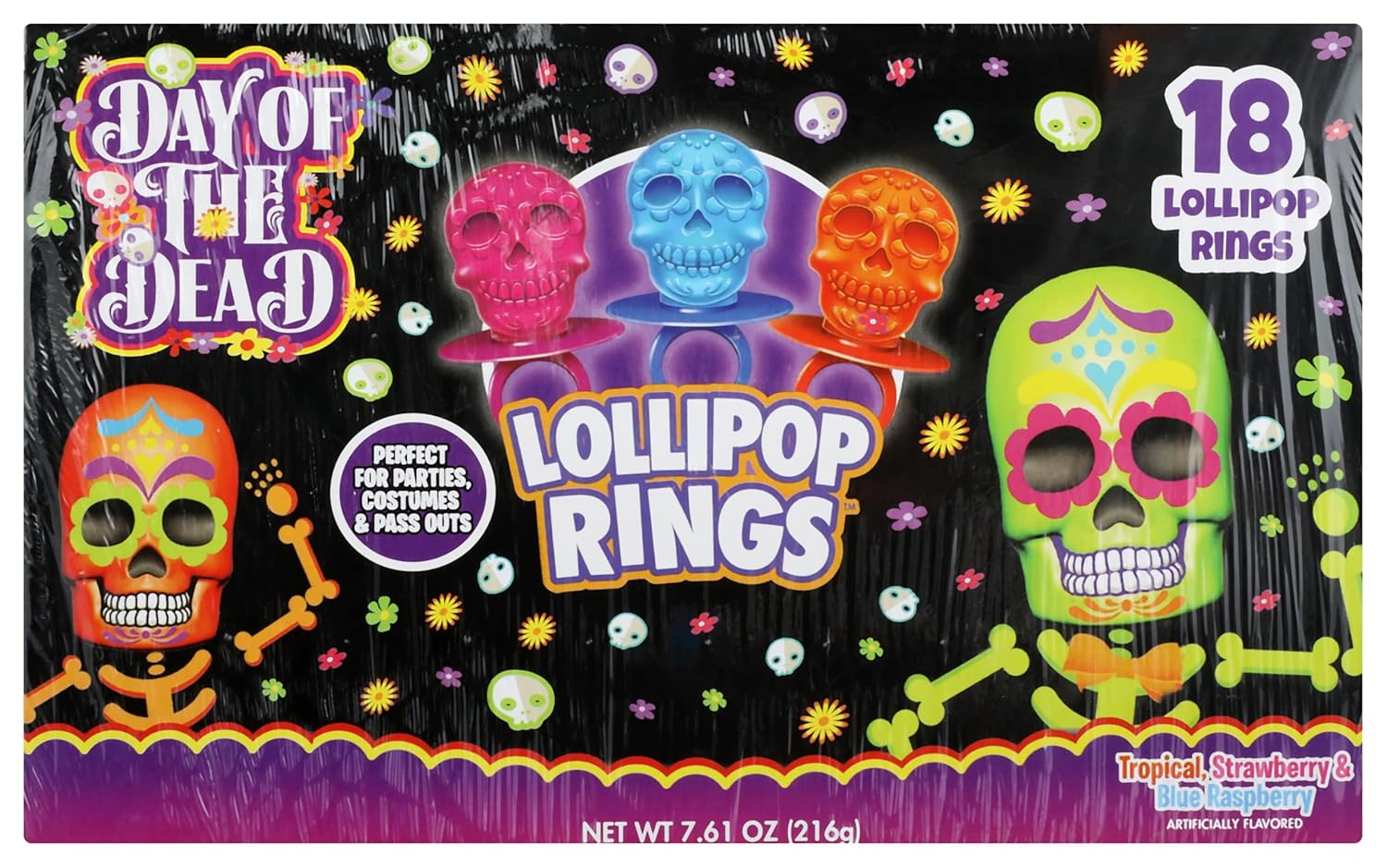
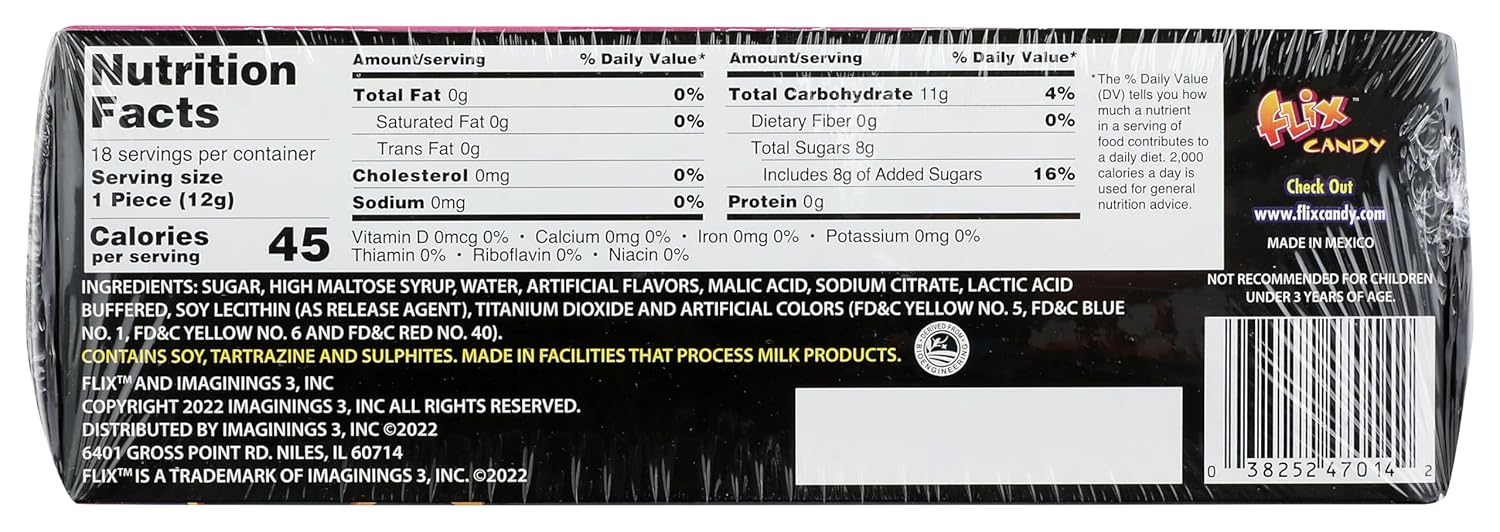
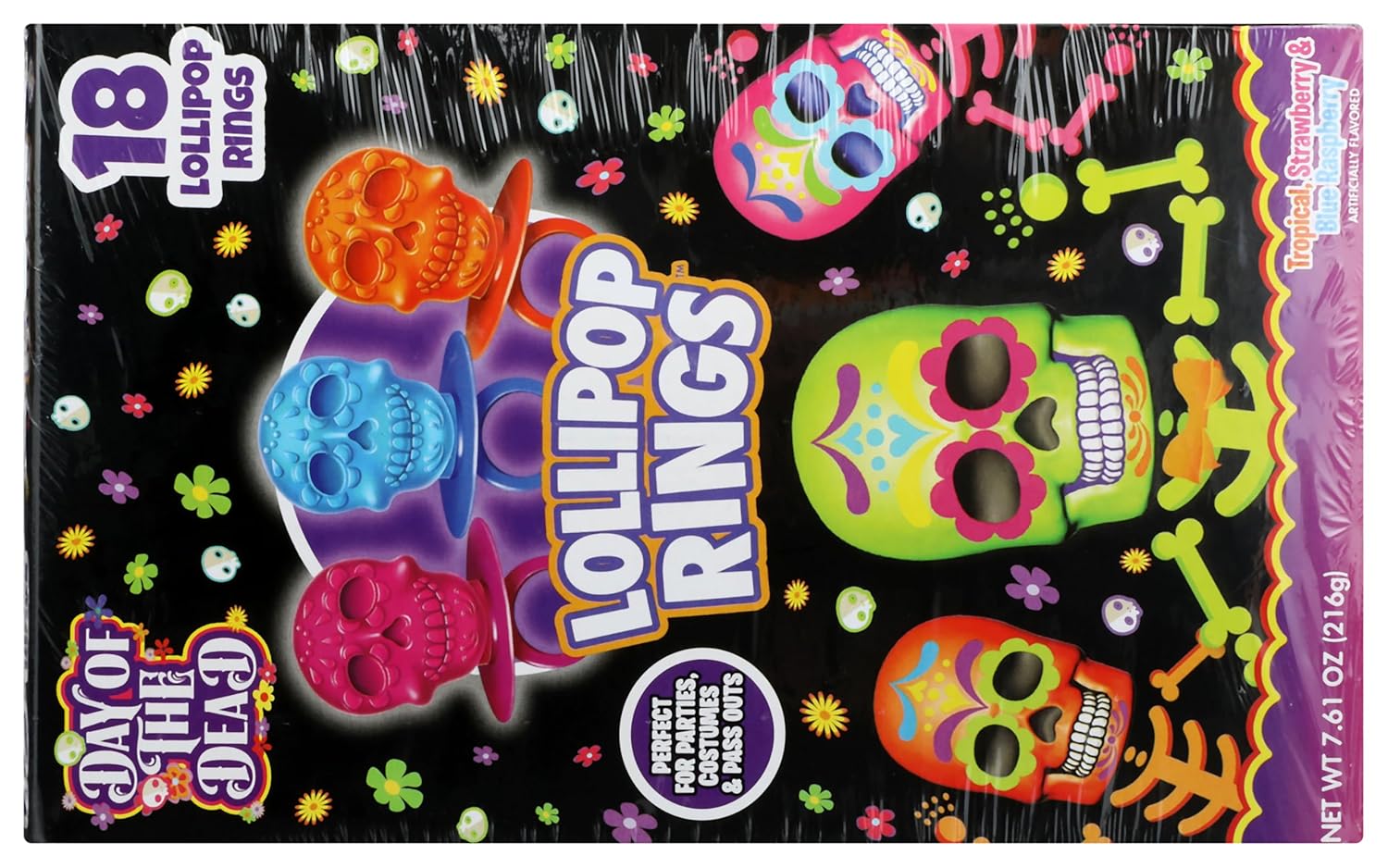
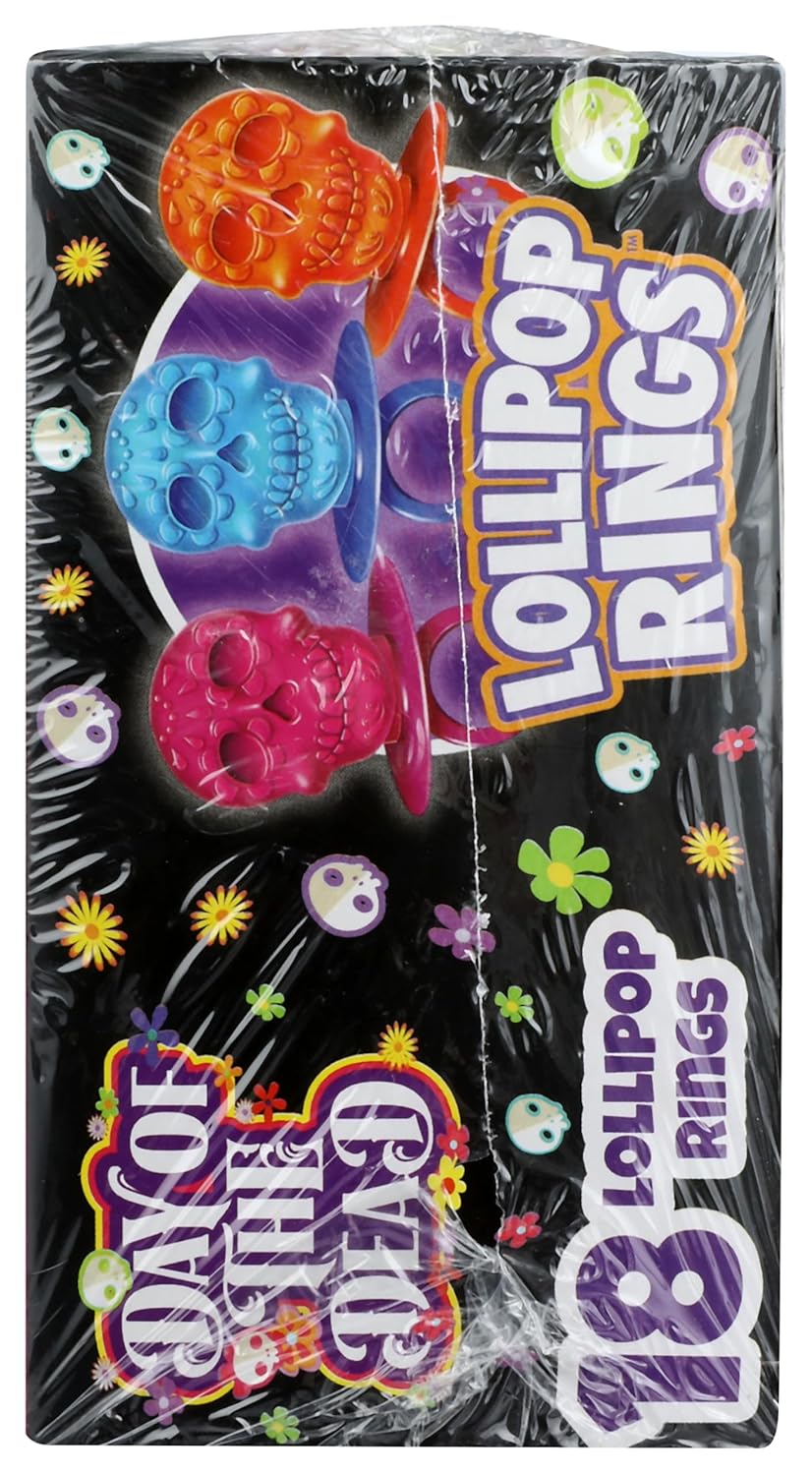
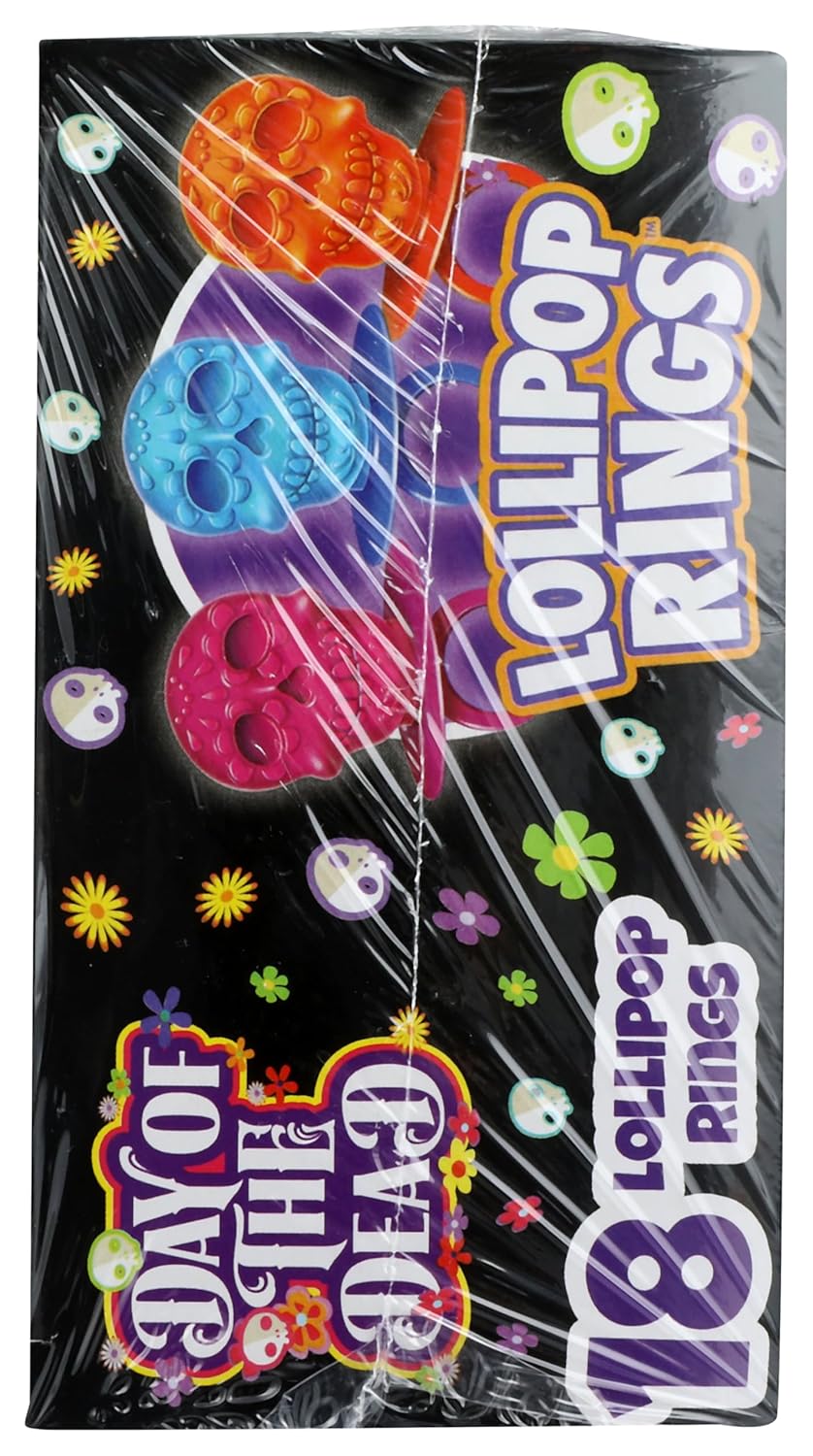
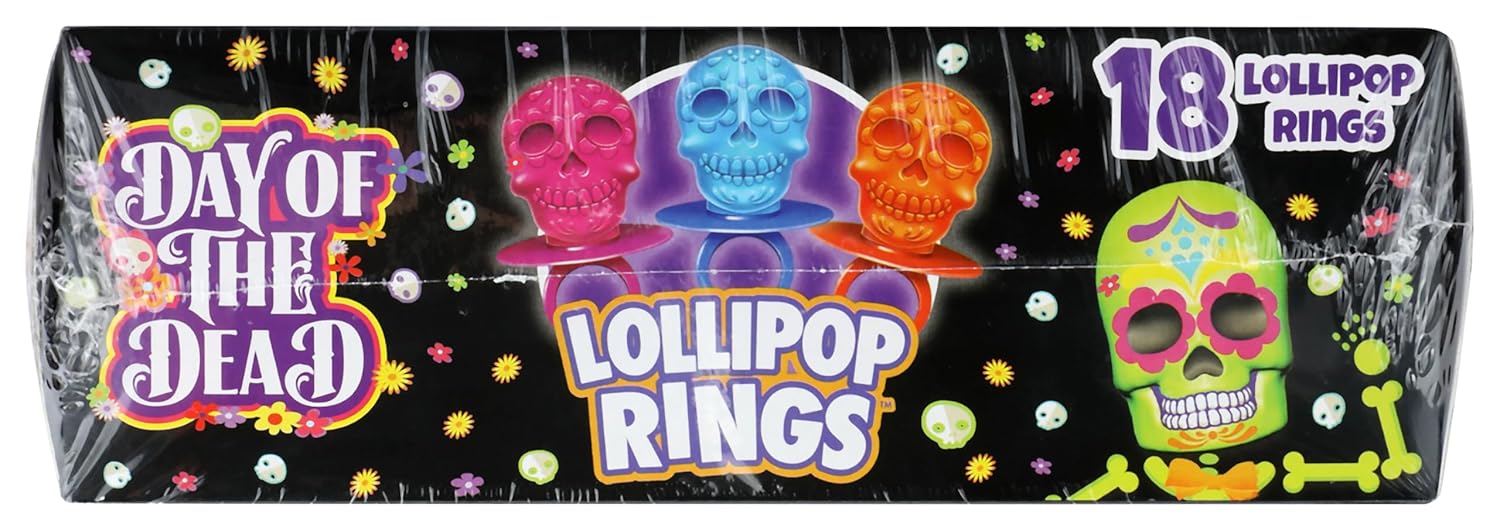
Price: $17.75 - $14.95
(as of Sep 05, 2025 02:28:31 UTC – Details)




